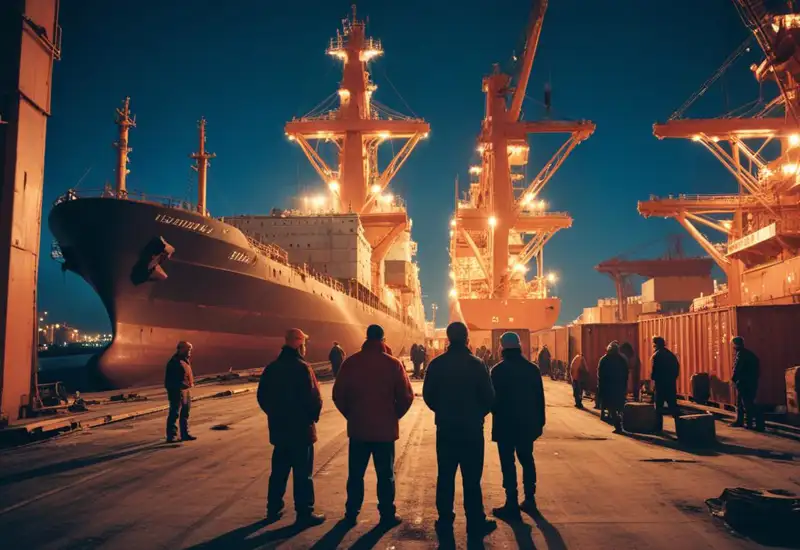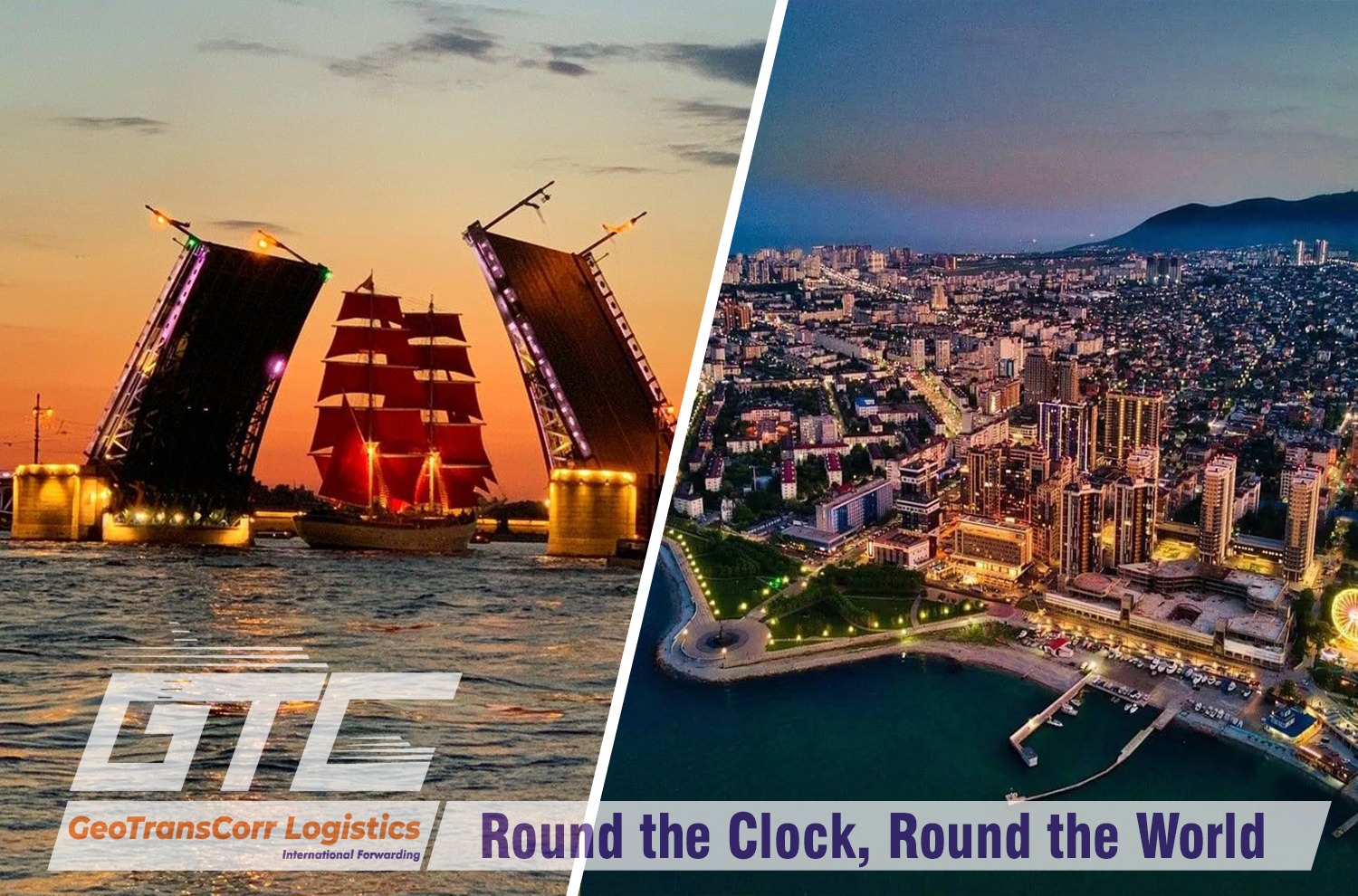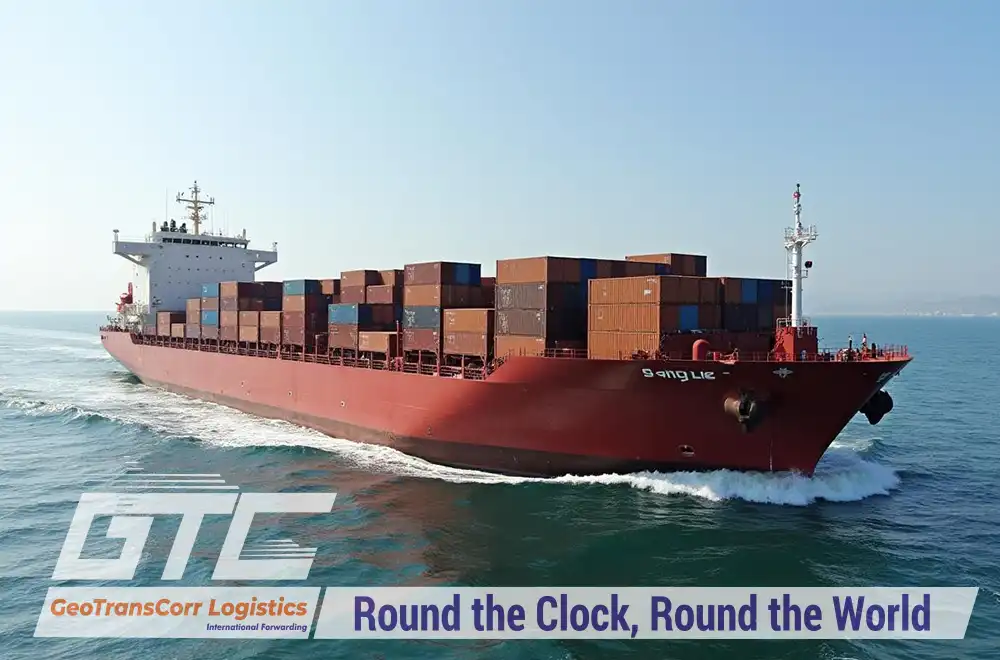This blog explores the dynamic landscape of Russia’s sea transportation industry, delving into its current infrastructure, regulatory framework, key stakeholders, challenges, and future prospects. By examining these aspects, we aim to provide a comprehensive understanding of how sea transport contributes to Russia’s economic development and its position in the global maritime arena.
Introduction
The sea transportation industry plays a pivotal role in Russia’s economy, serving as a vital conduit for trade and commerce across its extensive coastline and vast network of waterways. From the strategic ports on the Baltic, Black, and Arctic Seas to the inland rivers and lakes, maritime transport connects Russia’s diverse regions, facilitating the movement of goods and resources crucial for domestic consumption and international trade.
Major Ports of Russia and Their Importance
The register of seaports of Russia includes 67 ports, which are part of five sea basins and are located on the shores of 12 seas, three oceans and the Caspian Sea.
Strategically important ports, each of which plays a key role in the country’s maritime transport infrastructure:
- Port of Novorossiysk: Located on the Black Sea, Novorossiysk is Russia’s largest commercial port and a key gateway for trade with Europe, the Middle East, and Asia. It handles a wide range of cargo, including oil, grains, and containers.
- Port of St. Petersburg: Situated on the Baltic Sea, St. Petersburg is Russia’s main port for container traffic and one of the busiest ports in the Baltic region. It serves as a vital link for Russian exports and imports with Europe and beyond.
- Port of Vladivostok: Positioned on the Pacific coast, Vladivostok is a major hub for maritime trade with Asia-Pacific countries. It handles diverse cargoes, including coal, timber, and machinery, contributing significantly to Russia’s Far East economy.
- Port of Murmansk: Located in the Arctic Circle, Murmansk is Russia’s largest Arctic port and a critical gateway for shipping goods to and from the Arctic region. It plays a key role in facilitating Northern Sea Route navigation and supporting Russia’s Arctic strategy.
- Port of Kaliningrad: Situated on the Baltic Sea, Kaliningrad serves as an important Russian exclave port, facilitating trade between Russia and Europe. It handles various types of cargo, including containers and bulk commodities.
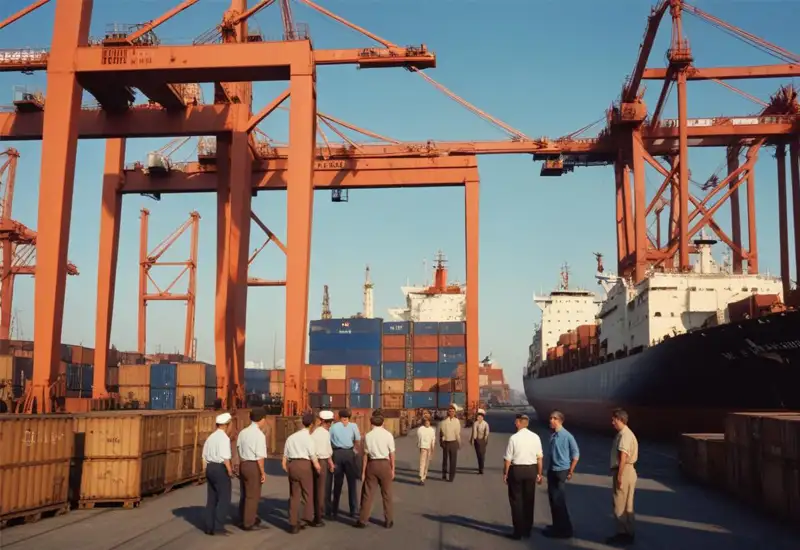
Types of Vessels Used in Russian Sea Transportation
Russia’s sea transportation industry utilizes a diverse fleet of vessels tailored to different roles and regions:
- Container Ships: Vital for transporting manufactured goods and commodities, container ships play a significant role in Russia’s trade with global markets, particularly through ports like St. Petersburg and Vladivostok.
- Tankers: Essential for transporting oil, liquefied natural gas (LNG), and other liquid commodities, tankers facilitate Russia’s energy exports via ports such as Novorossiysk and Murmansk.
- Bulk Carriers: Used for transporting bulk commodities such as coal, iron ore, and grain, bulk carriers are crucial for Russia’s exports from ports like Murmansk and Kaliningrad.
- Fishing Vessels: Russia’s extensive coastline supports a thriving fishing industry, with various types of vessels employed for commercial fishing activities in the Baltic, Black, Pacific, and Arctic Seas.
- Icebreakers: Given Russia’s Arctic ambitions, icebreakers are indispensable for maintaining navigation along the Northern Sea Route during winter months, ensuring year-round accessibility for shipping.
Infrastructure of Russian Ports
Russia’s port infrastructure is critical to its maritime transportation network, supporting trade and economic development across its vast coastline and inland waterways. Key features of Russia’s port infrastructure include:
- Berths and Terminals: Ports like Novorossiysk, St. Petersburg, and Vladivostok are equipped with multiple berths and terminals specialized for handling various types of cargo, including containers, bulk commodities, and oil.
- Storage Facilities: Warehouses and storage yards are essential components of port infrastructure, providing temporary storage for goods awaiting shipment or distribution.
- Navigational Aids: Advanced navigational aids such as lighthouses, radar systems, and GPS navigation equipment ensure safe navigation within port waters and along coastal routes.
- Support Services: Ports offer a range of support services including pilotage, towage, bunkering (fueling), and repair facilities to accommodate vessels of different sizes and types.
- Intermodal Connectivity: Many ports in Russia are equipped with rail and road connections, facilitating seamless intermodal transportation of cargo to and from inland destinations.
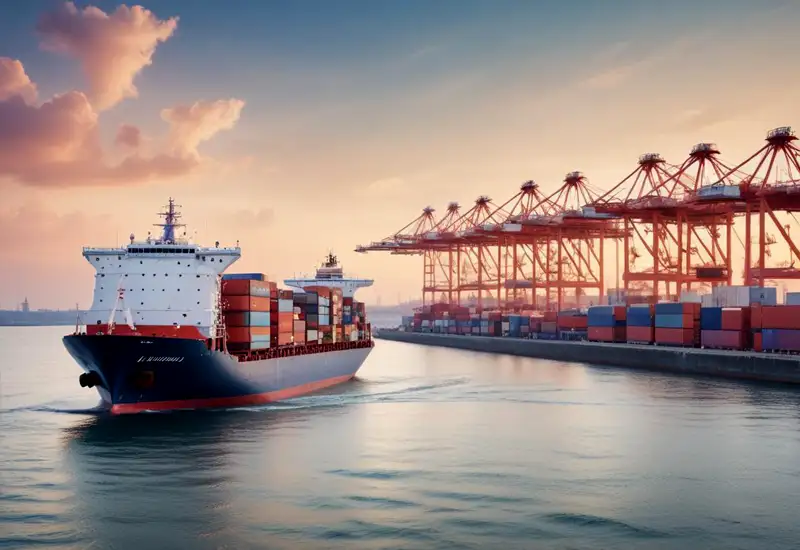
Maritime Laws and Regulations in Russia
Russia’s maritime industry operates under a comprehensive regulatory framework that encompasses laws, regulations, and standards governing various aspects of maritime activities:
- Merchant Shipping Code: The Merchant Shipping Code of the Russian Federation establishes the legal basis for maritime activities, including ship registration, navigation, crewing, and safety standards.
- Port Regulations: Specific regulations govern the operation and management of ports, including procedures for vessel entry and departure, cargo handling, environmental protection, and safety measures.
- Environmental Legislation: Legislation addresses environmental protection in maritime activities, covering issues such as pollution prevention, ballast water management, and sustainable practices in coastal and marine areas.
- Safety Standards: Regulations set forth safety standards for vessels, port facilities, and maritime operations to ensure compliance with international maritime conventions and enhance safety at sea.
- Labor Laws: Laws govern maritime labor relations, including seafarers’ rights, working conditions, employment contracts, and social security provisions.
International Agreements and Their Impact on Russian Maritime Transport
Russia is a party to various international maritime agreements and conventions that influence its maritime policies and practices:
- International Maritime Organization (IMO): Russia adheres to IMO conventions and regulations aimed at ensuring maritime safety, security, environmental protection, and efficient shipping practices globally.
- UNCLOS (United Nations Convention on the Law of the Sea): UNCLOS provides the legal framework for maritime boundaries, rights and responsibilities of coastal states, freedom of navigation, and protection of marine resources.
- Arctic Council: As an Arctic nation, Russia participates in agreements and initiatives under the Arctic Council, focusing on sustainable development, environmental protection, and cooperation in Arctic maritime activities.
- Bilateral and Multilateral Agreements: Russia engages in bilateral and multilateral agreements with neighboring countries and international partners to promote maritime trade, cooperation in search and rescue operations, and joint management of transboundary maritime resources.
- Sanctions and Trade Restrictions: International sanctions and trade restrictions imposed on Russia impact its maritime trade and shipping activities, influencing compliance with international norms and regulations.
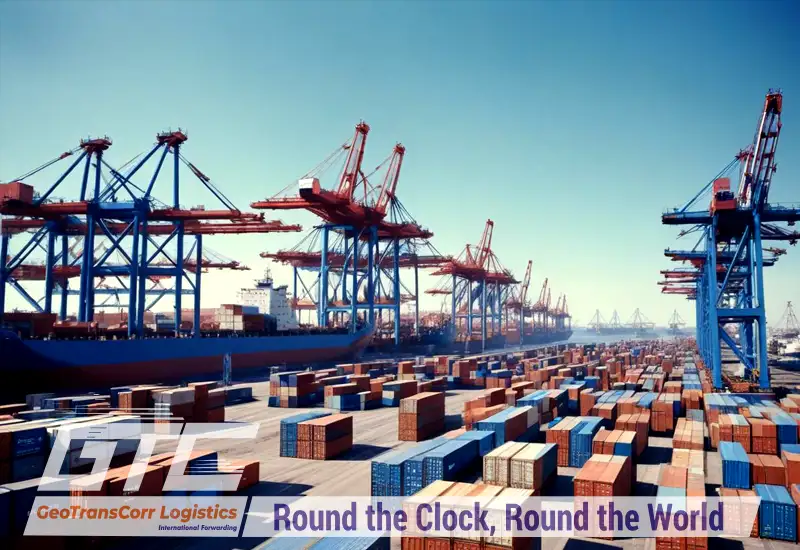
GTC’s Role in Advancing Russia’s Sea Transportation Industry
GTC, a freight forwarder based in Russia, offers various logistics services, the most important of which is sea freight services. Leveraging extensive experience and a robust network of global partnerships, GTC offers comprehensive sea freight solutions tailored to meet diverse customer needs. Cooperation with GTC strengthens the position of Russian customers, ensuring timely delivery along optimal routes in compliance with quality standards.
Conclusion
In conclusion, Russia’s sea transportation industry is a vital cornerstone of its economy, facilitating extensive trade connections through key ports across diverse maritime regions. With continuous improvements in infrastructure, regulatory frameworks, and technological innovations, Russia continues to strengthen its position in global maritime trade. Looking to the future, sustained investments and strategic developments promise to further enhance efficiency, sustainability, and flexibility in the country’s maritime transport sector, supporting continued growth and international competitiveness.
